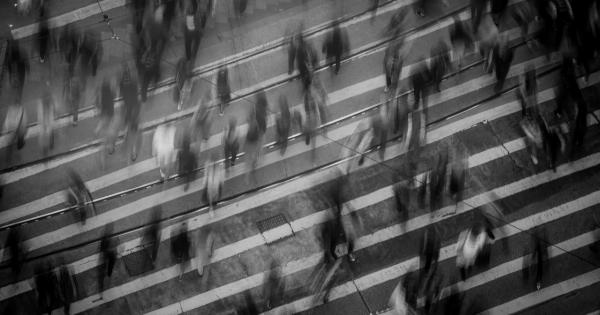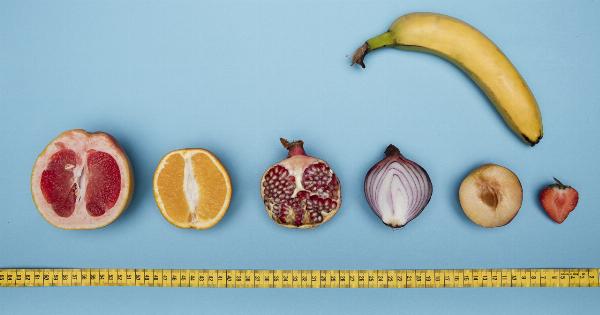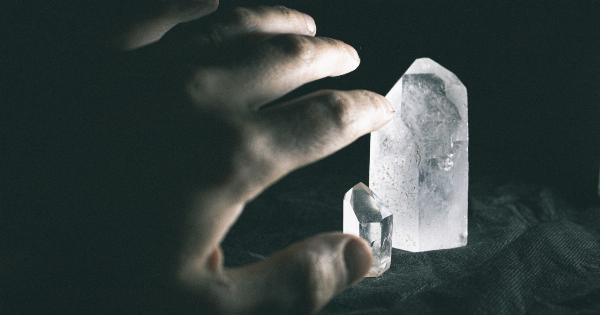Bodybuilding is a sport that has gained immense popularity over the years, with individuals striving to attain the perfect physique. Among the various muscle groups that bodybuilders focus on, the back muscles hold a special significance.
The obsession with building big back muscles in bodybuilding can be attributed to the aesthetic appeal, functional benefits, and the influence of anatomy and biomechanics on muscular development.
Anatomy of the Back Muscles
Before delving into the science behind the obsession, it is essential to understand the anatomy of the back muscles.
The back is a complex group of muscles composed of the trapezius, latissimus dorsi, rhomboids, erector spinae, and the smaller intrinsic muscles.
Aesthetic Appeal
Having a well-developed back can significantly enhance one’s overall physique. Bodybuilders aim for a V-shaped appearance, where broad shoulders taper down to a narrow waist.
The development of the latissimus dorsi muscles, commonly known as lats, plays a crucial role in achieving this desired shape. Building big back muscles accentuates the appearance of a small waist, resulting in an aesthetically pleasing physique that is often associated with strength and power.
The Significance of Posture and Symmetry
Aside from the visual appeal, a well-developed back contributes to good posture and overall symmetry.
The back muscles, particularly the trapezius and the erector spinae, help maintain an upright posture, preventing slouching and potential back problems. A balanced and symmetrical physique is highly desirable in bodybuilding competitions, where well-developed back muscles create a visually impressive and proportionate appearance.
Biomechanics and Functional Benefits
The obsession with big back muscles in bodybuilding can be justified from a biomechanical perspective.
The back muscles are involved in various everyday movements, making their development crucial not only for aesthetic purposes but also for functional benefits. The latissimus dorsi muscles, for instance, play a vital role in pulling movements such as pull-ups, rows, and deadlifts.
By focusing on building big back muscles, bodybuilders enhance their ability to engage in these activities more effectively, resulting in improved strength, power, and performance.
Training Strategies for Back Muscle Development
Bodybuilders employ specific training strategies to maximize back muscle development. Compound exercises, such as barbell rows, pull-ups, and deadlifts, are commonly used as they target multiple muscle groups simultaneously.
These exercises allow for heavy loads to be lifted, stimulating muscle growth and strength gains. Additionally, isolation exercises such as lat pulldowns and cable rows are utilized to target specific areas of the back, ensuring balanced development.
The Role of Genetics
Genetics also play a significant role in determining back muscle development. Some individuals naturally possess a genetic advantage when it comes to building bigger back muscles.
These individuals may have a higher number of muscle fibers or a different muscle fiber composition that responds more favorably to training stimuli. While genetics cannot be altered, bodybuilders can still strive to maximize their potential through proper training, nutrition, and supplementation.
Recovery and Nutrition
Recovery and nutrition are crucial factors in promoting back muscle growth. Overtraining, inadequate rest periods, and poor nutrition can hinder progress and potentially lead to injury.
Sufficient protein intake is essential to provide the building blocks necessary for muscle repair and growth. Additionally, consuming a balanced diet rich in carbohydrates, healthy fats, and micronutrients supports overall health, energy levels, and optimal muscle growth.
Preventing Imbalances and Injuries
While a focus on big back muscles is desirable, it is essential to prevent muscle imbalances and injuries.
Neglecting other muscle groups, such as the chest and the shoulders, can create imbalances that can lead to postural issues and increased risk of injury. Incorporating a well-rounded training program that targets all major muscle groups is crucial for overall strength, balance, and injury prevention.
Additionally, practicing proper form and technique during exercises, as well as incorporating appropriate warm-up and stretching routines, can help minimize the risk of back-related injuries.
The Psychological Aspect
Beyond the physical aspects, the obsession with big back muscles in bodybuilding also has a psychological component. Bodybuilders often have a desire to push their limits, constantly striving for progress and improvement.
Building big back muscles becomes a personal challenge, a source of motivation, and a way to prove dedication and commitment to the sport. The process of sculpting the back muscles can be fulfilling and empowering, boosting confidence and self-esteem.
The Influence of Media and Competition
Media and bodybuilding competitions play a significant role in perpetuating the obsession with big back muscles. Bodybuilders are often seen showcasing their well-developed backs on stage, further reinforcing the importance of this muscle group.
Images of muscular individuals with prominent back muscles in magazines, social media, and movies also contribute to the societal admiration for a strong back. The pursuit of this idealized image fuels the obsession and drives individuals to work tirelessly towards building big back muscles.
Conclusion
The obsession with big back muscles in bodybuilding stems from a combination of aesthetic, functional, anatomical, and psychological factors. A well-developed back contributes to an aesthetically pleasing physique, good posture, and overall symmetry.
It also enhances functional performance and provides a sense of achievement. However, it is crucial to maintain a balanced training program to prevent muscle imbalances and injuries.
The pursuit of big back muscles should be approached with proper training techniques, adequate recovery, and a focus on overall health and well-being.






























